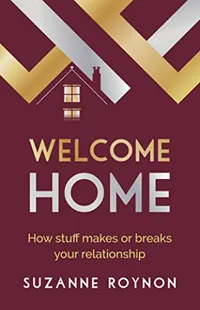5 questions to ask yourself when decluttering your home, according to an interiors therapist
'Imagine me standing beside you, looking at each item in your home and asking these questions'


As Homes & Gardens' Feng Shui and interiors therapy contributing expert and author of a best-selling book about the impact of clutter on relationships, I spend a lot of time helping overwhelmed clients regain control of their homes and enjoy a happier, healthier lifestyle where clutter no longer dictates everything they see and do.
Interiors therapy is sometimes confused with ‘a bit of decluttering’ but as my clients will tell you, the process brings a whole new level of understanding, showing how and why pleasure in life is curtailed when stuff takes over a home and the long-term stress it causes. Once the clutter has gone, the change in thinking means exponents develop a low tolerance for clutter which prevents it from building up again.
5 questions to ask yourself when decluttering your home
Most clutter becomes anchored in a home as a result of habit, fear, guilt, confusion, or spite. None of these are good reasons to hold onto things, and they actively damage the well-being of our homes wherever clutter takes over. Nonetheless, these negative emotional attachments are powerful motivators to hold on to items just in case one day, in a future undefined scenario, they might possibly, eventually, potentially, by sheer chance, come in handy!
This is why in many homes across the Western world approximately 55% (and sometimes much more!) of the available space is taken up by possessions that are not used, needed, or loved. When you consider anyone paying rent or a mortgage each month may be wasting half of their investment on costly storage rather than having functional space to enjoy, it rather puts the costs associated with keeping clutter into perspective.
To get you into the mood to divest yourself of everything keeping you in a negative mindset and holding you back financially, practically and emotionally, imagine me standing beside you, looking at each item in your home and asking these questions.'

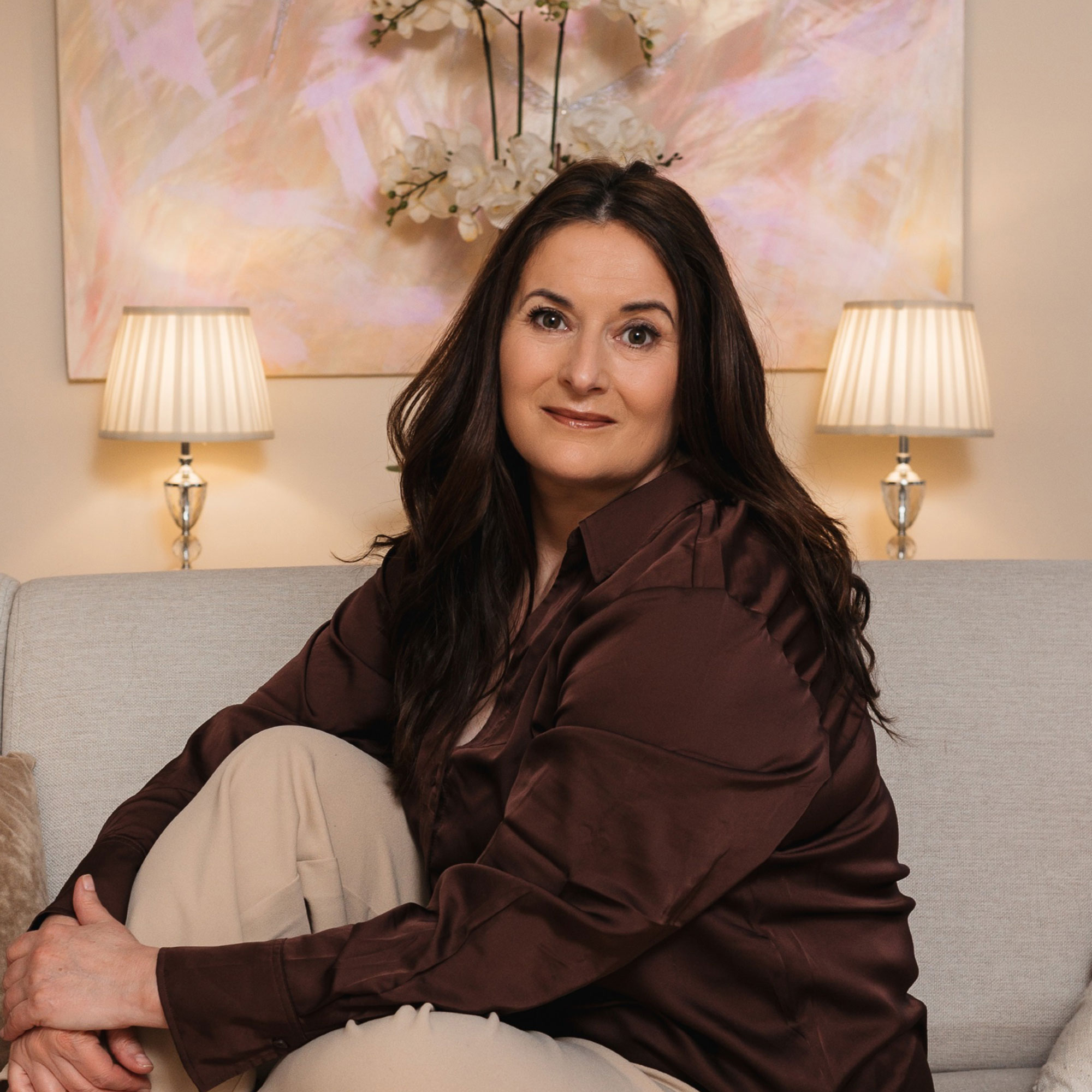
Suzanne is a feng shui consultant, interiors therapist and author of Welcome Home, How Stuff Makes or Breaks your Relationship – available at Amazon. She specializes in understanding the energetic impact of homes and certain possessions may have on all aspects of life, health and relationships, and the ways in which ‘stuff’ can actively prevent people and families from thriving and enjoying the lifestyle they deserve.
1. Do I use it?
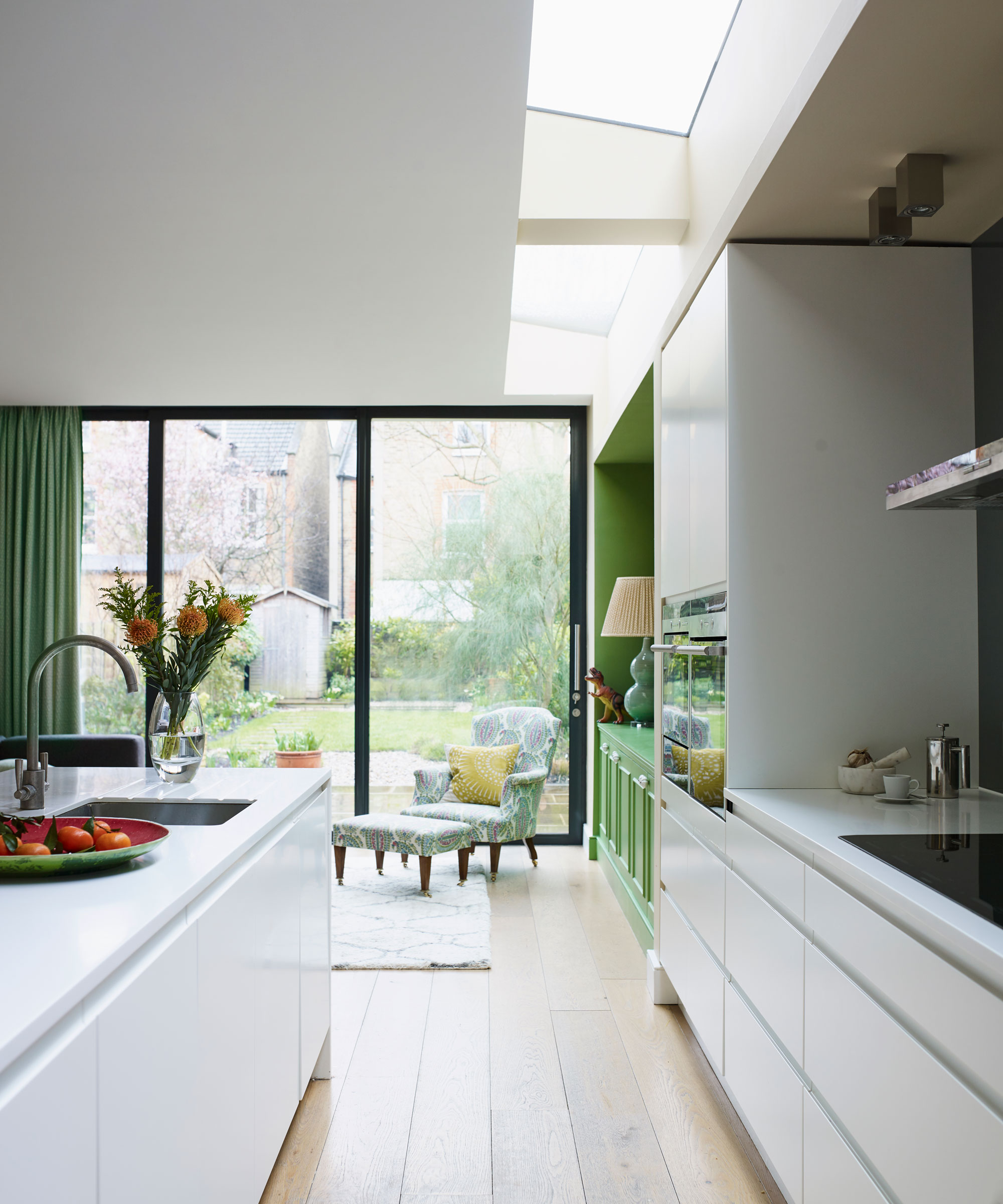
This is such a lovely question and it’s one that often takes clients by surprise because we’ve become so used to filling drawers and cabinets without giving the contents a second thought.
Hint: Just because you have storage space doesn’t mean you have to use it!
Design expertise in your inbox – from inspiring decorating ideas and beautiful celebrity homes to practical gardening advice and shopping round-ups.
Test this theory by reviewing the cutlery and utensils in your kitchen. We all have ‘favorite’ implements, these are the knives, spatulas, and can-openers we gravitate to and use 80% of the time. There might be a rare occasion when a backup is used, perhaps at Christmas, but believe me, most homes do not require 7 peelers, 20 wooden spoons, or the machete which came with the knife block but has never been unwrapped.
You’ll also potentially find the whisks or beaters from appliances that were replaced years ago and odd niche tools you bought and can’t remember why, so take action with some ruthless clearing out, following our kitchen decluttering checklist.
Of course, the needs of a large sociable family are very different to those of a busy professional couple, but even so, every kitchen I’ve ever worked in featured one or more of the following; surplus or chipped crockery or utensils, unused appliances, plastic beakers or plates when kids are in their teens, ugly mugs no one ever wants to use, metal wine bottle stoppers tucked at the back of the cutlery drawer and multiple other bits and bobs taking up valuable kitchen real estate.
In extreme situations, clients believed they would have to move to a larger home or build a bigger kitchen, but once they dealt with the clutter using the interiors therapy process, they could happily stay where they were and save themselves a fortune in moving or remodeling costs.
2. Do I need it?
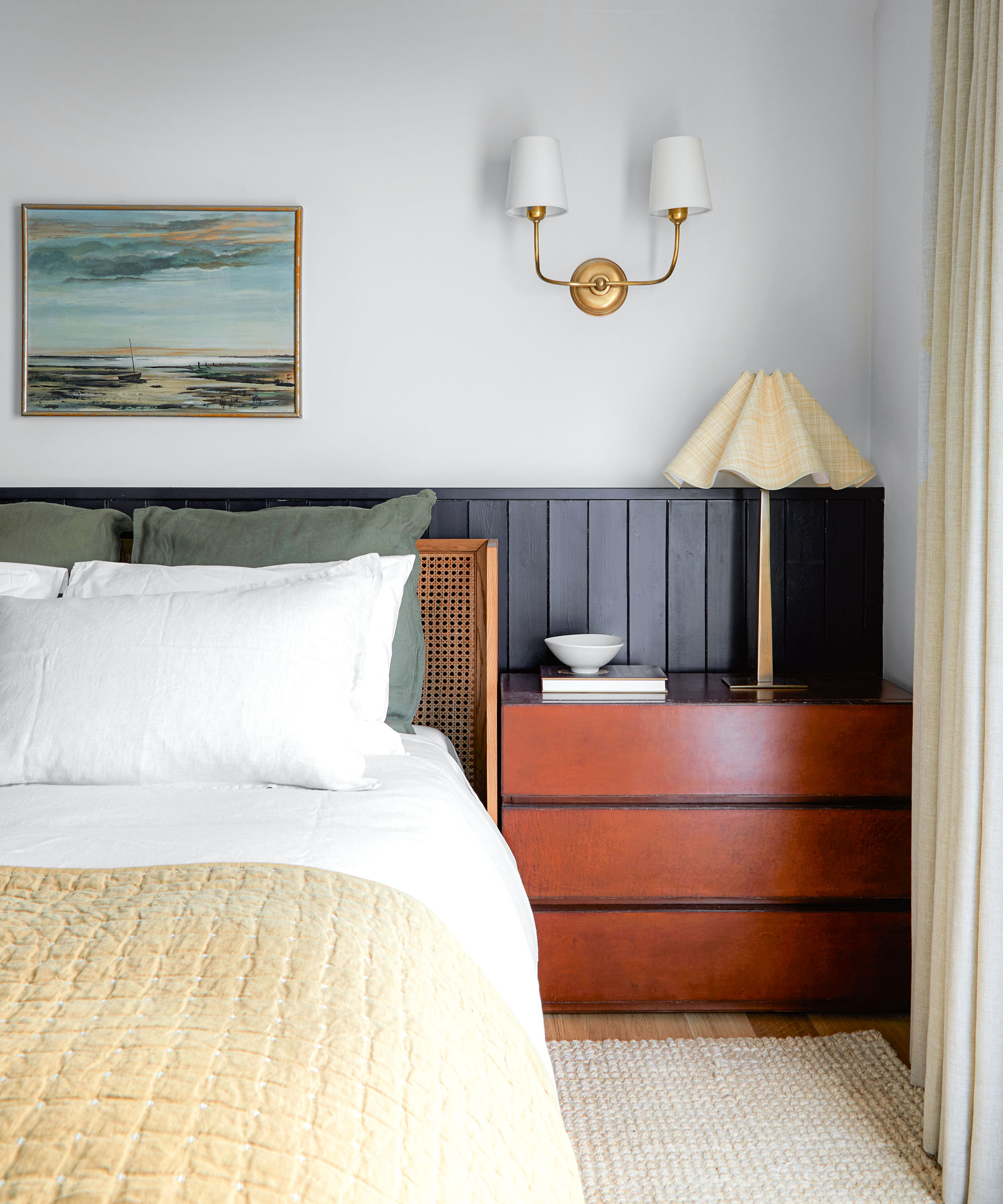
‘Need’ is one of those words that can have negative connotations. No one wants to be seen as ‘needy’ so let’s identify the items which are essential to the lifestyle you have or desire and challenge the presence of everything else!
I worked with one client who had filled every available space with empty champagne bottles. They weren’t special editions or remotely collectible, to him they were evidence of the ‘champagne lifestyle’ he ‘needed’ to believe he was living, although the reality was very different.
After yet another promising relationship ended, he called me in. He was in his late 30s, doing well in his career, had a great apartment with spectacular views, and, on paper at least, was ideal husband material. What he really wanted was to meet someone amazing and marry her, but when he invited dates to his home, they bolted.
Looking around, I understood why! There was no room to nurture a new relationship or even snuggle up on the couch! The bottles were just the beginning of the ‘collections’ this man had acquired to reinforce his perception of an aspirational lifestyle.
'Would James Bond keep empty bottles?' I asked him. He laughed, and just like that the penny dropped.
Holding onto evidence that you’ve done or owned something, especially if it’s as mundane as an empty bottle, creates a subconscious belief you don’t deserve an experience like that again. This limits expectations and opportunities, as well as cluttering up the home.
Collections may be encompassed in this bracket – if you have a selection of items on display that bring you great pleasure, that’s wonderful. If, however, your vast collection of broken cameras has been stacked in boxes in the spare room for years, frankly they are not adding value or joy to your life in any way and are potentially compromising your relationship or wellbeing. Enjoy life right now, here in the present, rather than holding on to something which MIGHT increase in value years hence, but could just as easily end up in a landfill.
Everything in a home should have a good reason to be there. If it doesn’t, ask yourself why it’s taking up your valuable space and oxygen.
3. Do I love it?

It’s very easy to say ‘I love this’ but is it really the case? We all have clothes that are practical, but how many do we really love to wear? Asking ourselves if we truly love an item of clothing helps no end with closet decluttering.
Decor items may make you smile or evoke delight when they catch your eye, but often they’ve been there so long, it’s become a habit, and when you consider them honestly and mindfully, they represent something or someone you’ve moved on from. This can be especially relevant after a divorce.
The things we really love to have around will be treasured for a range of reasons unique to their owners and irrelevant to anyone else. This isn’t about financial value, although people often mistake the perceived ‘worth’ of expensive possessions as a reason to love them. Keeping a designer purse in a color you can’t stand makes it 'clutter', regardless of what it costs. Sell it!
This ‘love it’ category is designed to capture the things which make hearts sing but aren’t necessarily used or needed in a home. A photo of the grandchildren may not be essential for life and limb, but we cherish it and that’s reason enough for it to remain. Just be sure everything that doesn’t have a specific purpose or requirement in your home really does fit into the ‘love it’ bracket.
4. How does it make me feel?
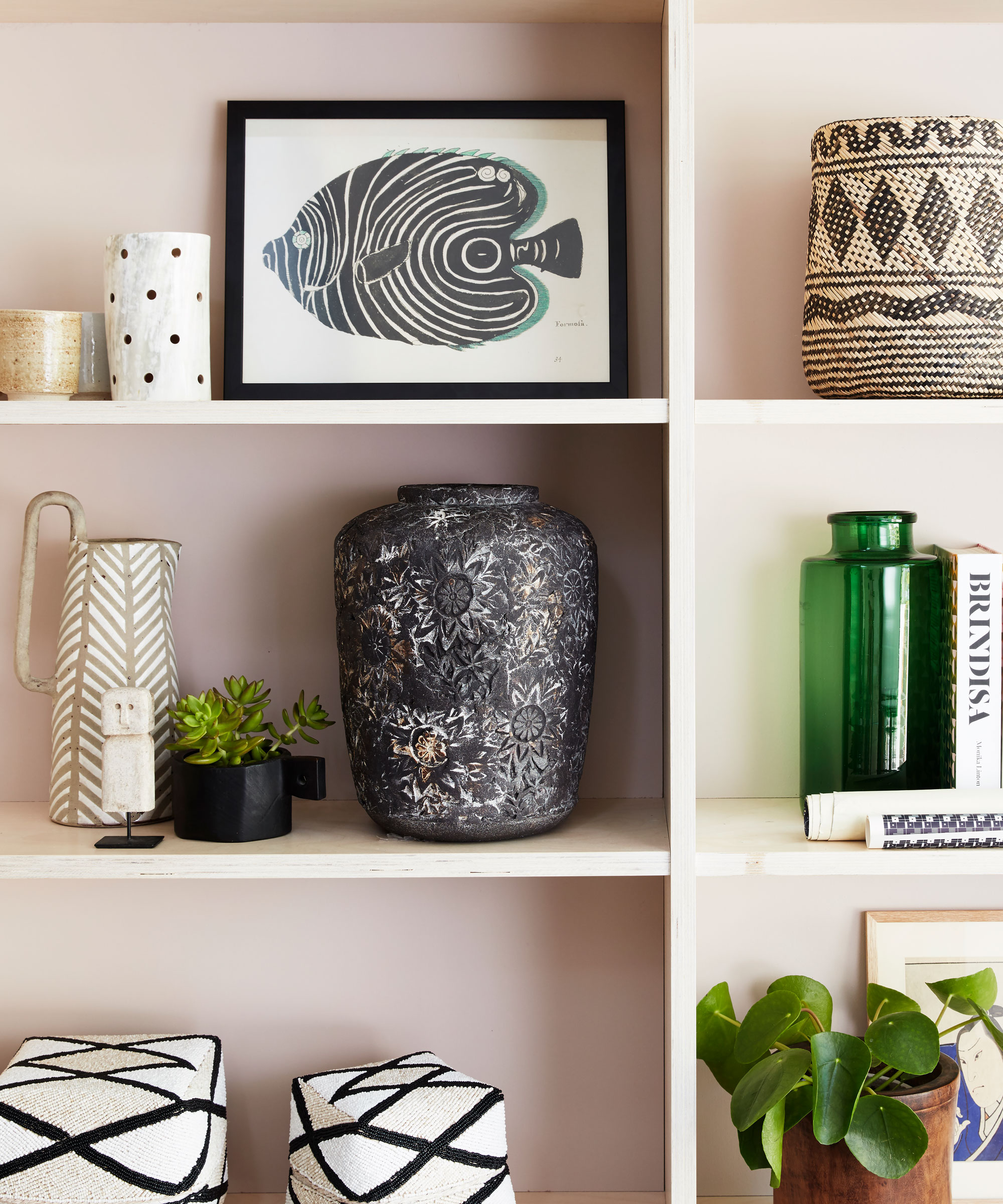
Sentimental or inherited items fall into this category when they are retained from a sense of obligation rather than real appreciation. Decluttering sentimental items are a sticking point. This is often where individuals who embark on decluttering alone or with the help of family or friends often stumble and give up, which means all their good work is undone and the clutter seeps back in.
When working with a client, we put anything that triggers high emotion to one side while we deal with the basics. By honing the interiors therapy muscle with easy wins, the process makes it easier to identify what really matters and release the rest on your own terms.
If you keep something because it genuinely makes you happy, then it absolutely deserves its place in your home. In contrast, if it was an unwelcome gift or you feel bad about letting it go because a parent or other adored person loved it, that’s a completely different situation.
Just as you can’t expect your kids to have an emotional attachment to a gift you were given on your 21st birthday, there is no requirement for you to love something just because it belonged to a particular person. Retaining anything through guilt or obligation puts unnecessary psychological pressure on individuals and families in many homes and can do lasting harm as well as take up space.
The realization ‘stuff has no power over you’ is one of the most energizing elements of interiors therapy.
5. Would I take it if I moved to my clutter-free dream home?
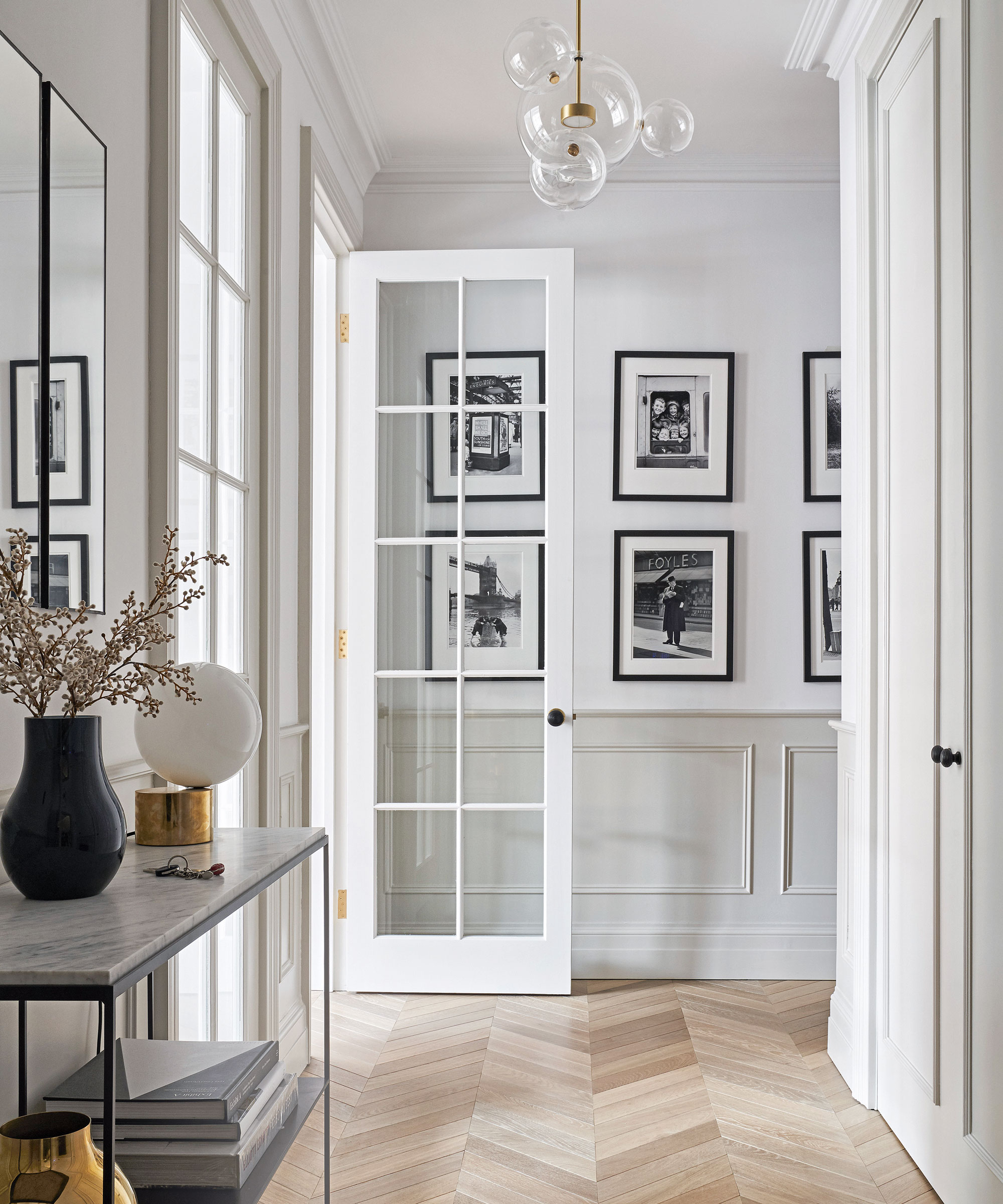
This is a superb question to ask yourself if you’re struggling to part with items you don’t use, need, or love, but are keeping through fear of being without them.
This is where I use visualization techniques with my clients. I ask them to imagine their perfect home in the ideal location and describe it to me.
Then I explain that each box of possessions they pack will incur a significant charge to transport it to the new place. Every item must justify the expense of moving and the way it will be used in the future.
Suddenly the ancient vacuum cleaners, empty cardboard tubes, acres of unused bedlinen, and crates of jigsaws are not worth taking. Instead, they are donated, gifted, sold, or recycled rather than gathering dust and taking up valuable storage space for a moment longer. It’s incredibly liberating!
The wonderful thing about the interiors therapy process is when it’s implemented in full, the home becomes a sparkling new environment. It’s more spacious and enjoyable to spend time in as well as being clutter-free and infinitely easier to clean. Clients often choose to freshen up the place, treat themselves to beautiful new furniture or completely redecorate, effectively creating their dream home exactly where they want it.
Welcome Home: How stuff makes or breaks your relationship | $19.95 at Amazon
Suzanne Roynon's book demonstrates how our possessions can negatively impact our daily lives and relationships.
What is the 6 month rule for decluttering?
Quite simply, the six-month rule for decluttering suggests that if you haven't used an item in the past six months, you can let go of it. For some very seasonal items, it might not apply, but it's a useful way to frame decluttering and help you to clear out things you rarely use. Much like the 'Would I buy it again?' concept, it encourages us to look at the value an item is really adding to our lives rather than holding onto things just in case.
What next? If you’re struggling with clutter or you’ve tried to deal with it previously and, despite your best efforts, it all came back plunging you into overwhelm, please don’t despair. Ask for help from someone who is emotionally detached from your possessions and available to support you to move forward. Interiors therapy changes homes for the better quickly and efficiently, creating space for the life you really want to experience and making home a happier place.

Suzanne is an Interiors Therapist, Feng Shui consultant, and author of Welcome Home, how stuff makes or breaks your relationship. She specializes in understanding the energetic impact of homes and certain possessions may have on all aspects of life, health and relationships, and the ways in which ‘stuff’ can actively prevent people and families from thriving and enjoying the lifestyle they deserve.
